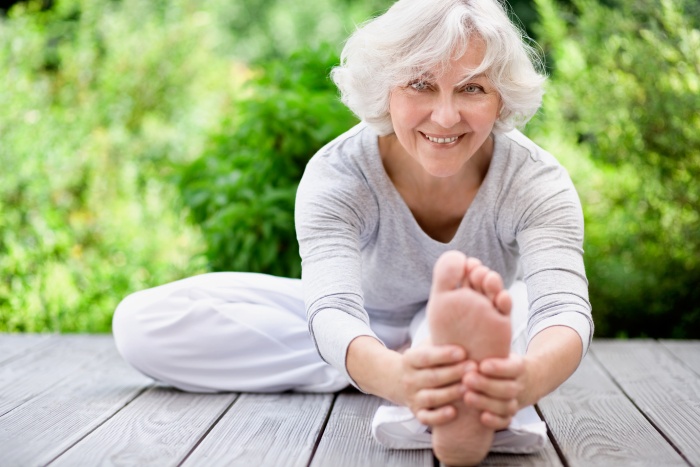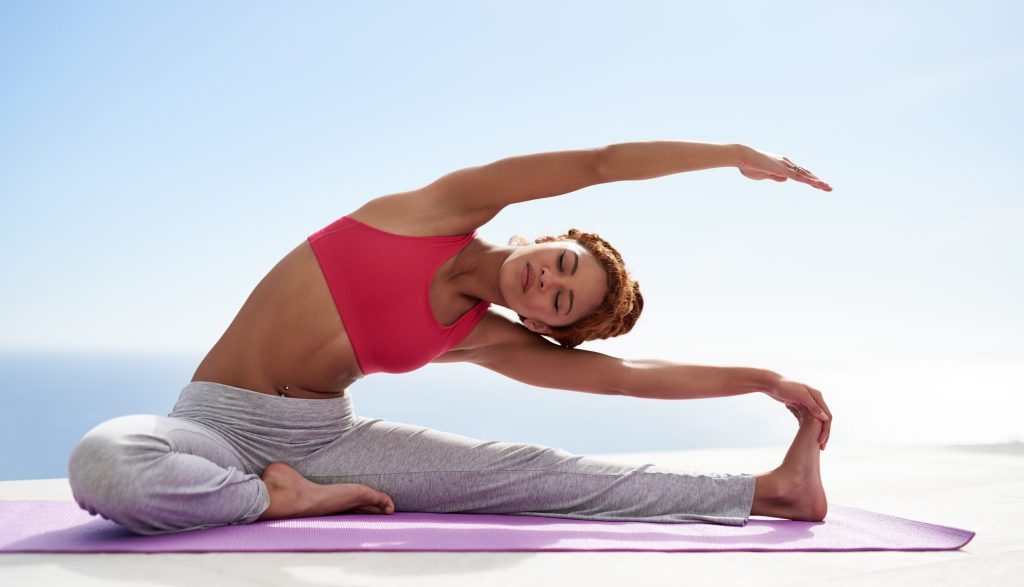Joint Range of Motion (ROM) and Flexibility
Posted on March 4th, 2019 by Andries Lodder
The importance of stretching and it’s benefits often goes unnoticed. Here are some tips and advice to keep you injury free.
What is flexibility?
Flexibility is the ROM or movement around a specific joint or joints. When improving ones flexibility is the objective of a session, focusing on the muscles and fascia is of great importance.
What is stretching?
Stretching is the process of placing a certain body part(s) in a position which lengthens or elongates a specific muscle(s) and the surrounding soft tissue.
Types of Stretching:
There are four commonly used types of stretching:
- Static stretching: where a body part(s) is slowly moved into a position where a stretch is felt and then held for 10 to 30 seconds before the stretch is then released. This type of stretching is ideally performed once the muscles are already warm, such as after a warm-up.
- Dynamic stretching: where the body is stretched with movement. The body moves gradually into a position and this movement is repeated to increase the ROM.
- Proprioceptive Neuromuscular Facilitation (PNF) stretching: involves stretching the muscle(s) to a certain position and contracting the muscle in that position for around 10 seconds, relaxing the muscle and stretch and then repeating.
- Ballistic stretching: this type of stretching uses bouncing movements to move the muscle into a stretch. Caution with this type of stretching is important.
Factors limiting flexibility:
Various factors limit ones flexibility which may predispose an individual to a multitude of injuries. Some common factors are:
- Bony Block
- Muscle tightness
- Inelastic skin
- Dense scar tissue
- Swelling
- Pain
- Soft tissue block
Effects of prolonged immobilization and limited flexibility:
- Muscles lose flexibility and remain in a shortened position.
- Prevent pain-free return to activity – the muscles and surrounding soft tissue may still feel and be tight. This may make returning to exercise an uncomfortable experience.
- Predisposes the individual to microtraumatic injuries. If the tissue is not rehabilitated and worker through a full ROM this creates a muscle which is susceptible to injuries as it may not function optimally.
- Reinjury.
What are the benefits of stretching?
- Prevents degenerative joint changes and promotes healing.
- Decreases muscle spasms and pain – specifically lower back back. Tight muscles can reduce ones ROM, this increase the risk of straining a back muscle due to the unnecessary tension.
- Improves posture – muscular imbalances often lead to faulty posture, by combining stretching and strength training, musculoskeletal pain and improper alignment may be reduced and aid in good posture.
- Increased blood flow and temperature – this improved circulation may reduce your recovery time and the amount of stiffness/soreness experienced after exercise.
- Increased flexibility – this assists in performing daily activities with ease and decreases the reduced motility that accompanies aging.

Stretching dosages:
Hold stretches for approximately 30 seconds and repeat twice. Be careful not to over stretch a muscle (It should not feel very painful).
Tips for static stretching:
- Remember to warm up before stretching – short jog, swim or cycle.
- Hold stretches in fixed position for approximately 30 seconds .
- Breathe rhythmically and slowly, exhale during the stretch.
- Noticeable changes may only be seen after 4-6 weeks.

Avoid forceful stretching during these conditions:
- If you have recently had a fracture.
- If a specific limb has been immobilized for a while.
- Inflammation or an infection affecting the joint.
- Acute pain during stretching.
- Bony blocks that avoid motion.
Stretching is a vital component of an exercise program and should be performed daily. For more information on stretching and some good stretching advice and techniques contact us.
Tweet
